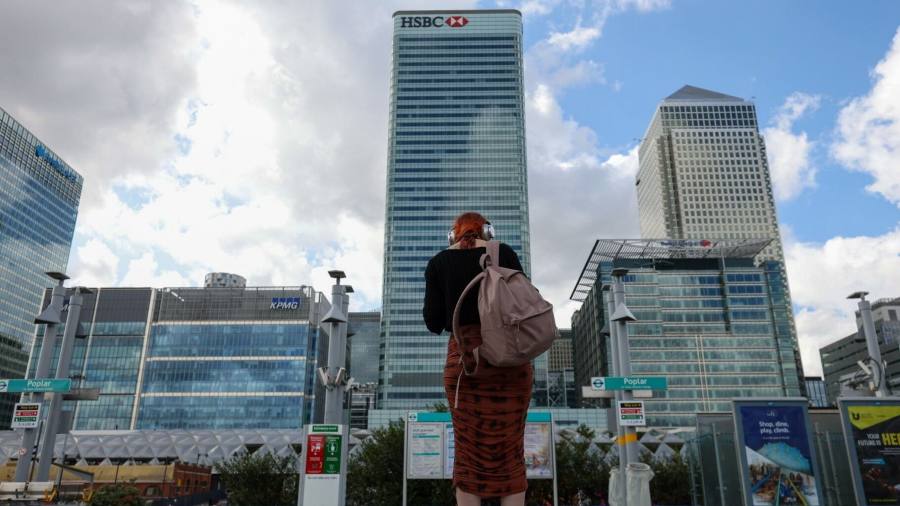Receive free HSBC Holdings PLC updates
We’ll send you a myFT Daily Digest email rounding up the latest HSBC Holdings PLC news every morning.
A strong offence can be the best form of defence. The aggressive approach adopted by HSBC chief executive Noel Quinn is helping the bank over-deliver.
On Tuesday it announced pre-tax profits of $9bn in the second quarter. That was more than a tenth ahead of market expectations. The bank also announced a $2bn buyback. This will reward shareholders who recently voted against a break-up.
HSBC stepped up to the challenge from large shareholder Ping An last year. The Chinese insurer pushed to separate the bank, which is run out of London, into eastern and western parts. Quinn responded with a restructuring, which shed less profitable businesses, including in Canada and France.
The official nod arrived from shareholders in May, when only a fifth voted in favour of Ping An’s plan. The better outlook for profits supports that decision.
The bank has increased its guidance for this year’s expected net interest income by $1bn to more than $35bn. Hedging has reduced its sensitivity to downwards movements in rates since the end of last year. Back then, the NII change per 100 basis points fall was minus $4bn; now it is minus $2.6bn.
Returns on tangible equity (Rote) will now be in the “mid-teens’‘ for this year and next. That compares with the 12 per cent the bank expected previously. The new figure excludes recent acquisitions such as the UK assets of the failed Silicon Valley Bank.
Shareholders received $2bn of buybacks in the first quarter. The latest $2bn addition results in a common equity tier one (CET1) ratio of 14.7 per cent. That is unchanged from the previous quarter. More buybacks should be expected. They will help increase earnings per share and hit Rote projections. Each $2bn buyback is equal to 25bp of CET1.
The buybacks — and up to $12bn of dividends — should take total capital returns to just over 10 per cent of HSBC’s market value this year. With around $6bn of CET1 above the management’s minimum target, there should be more to come.
Read the full article here



